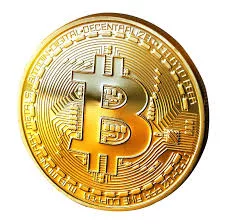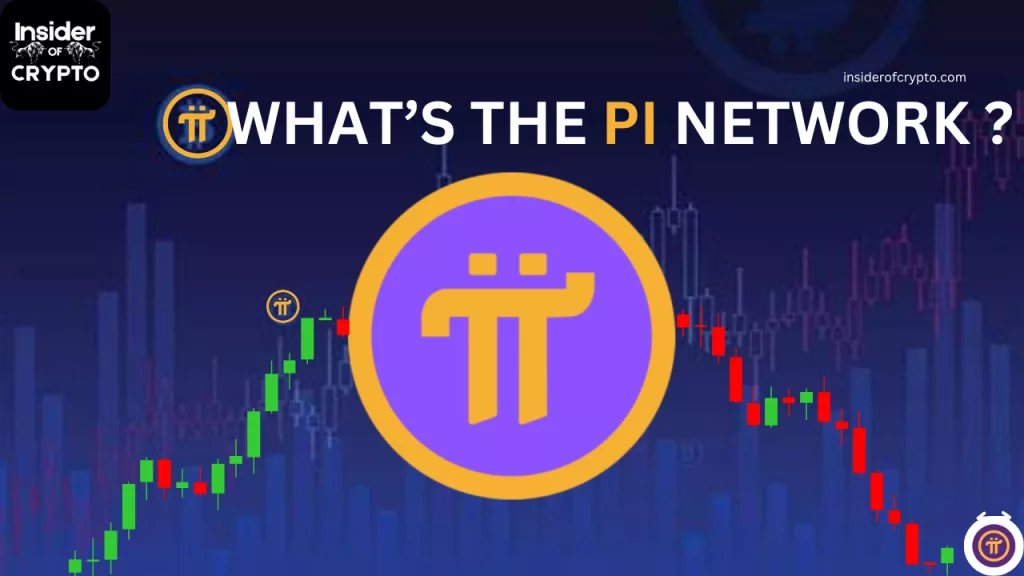
Table of Contents
Introduction
Bitcoin’s greatness is not only just about its high price swings but it’s also built on a fundamental and important feature of scarcity which was adopted since it’s launch. It was designed by its mysterious creator, Satoshi Nakamoto, Bitcoin is limited to 21 million coins. Out of which nearly 20 million already mined, many investors and enthusiasts wonder: How many bitcoins are truly left? In this article, we will explore the remaining supply, also we will examine the concept of Bitcoin’s mining rewards, and analyze how the halving mechanism shapes the cryptocurrency’s future.
The Limited Nature of Bitcoin
Bitcoin’s protocol was unknowingly preapred to create a digital asset that mirrors the scarcity of precious metals. Unlike fiat currencies, which can be printed as much as wanted by central banks, Bitcoin has a hard cap of 21 million coins. This limited supply is hard coded into the protocol, ensuring that no matter how much demand increases, no more than 21 million bitcoins will ever exist because of which it’s price will never fall like a usaual coin, it remains most valued currency due to its scarcity and popularity along with political campaigning.
Current Supply and Remaining Coins
As of 2025, roughly 19.9 million bitcoins have been mined and are circulating. This leaves approximately 1.1 million coins yet to be introduced into the market. It is important to note that while the protocol caps supply at 21 million, factors such as lost private keys or inaccessible wallets mean that the effective circulating supply may be slightly lower. Studies suggest that anywhere between 3 to 4 million bitcoins might already be permanently lost—locked away forever, further enhancing Bitcoin’s scarcity.
Bitcoin’s Mining Process and Block Rewards
Bitcoin enters circulation through a process called mining. Miners use powerful computer hardware to solve complex cryptographic puzzles that validate transactions and add new blocks to the blockchain. In return, they receive newly minted bitcoins as a reward—a mechanism designed not only to distribute coins but also to incentivize network security.
The Role of Block Rewards
Initially, when Bitcoin launched in 2009, miners received 50 bitcoins per block. However, to control the rate of new issuance and maintain scarcity, Bitcoin’s code halves this reward every 210,000 blocks approximately every four years. This event is known as the “halving.”
The halving events are pivotal:
- First Halving (2012): The reward dropped from 50 to 25 coins.
- Second Halving (2016): The reward was reduced from 25 to 12.5 BTC.
- Third Halving (2020): Miners’ reward fell from 12.5 to 6.25 coins.
- Fourth Halving (April 2024): The reward was cut further to 3.125 BTC per block.
By design, this halving mechanism ensures that the rate at which new coins are introduced decreases over time, prolonging the issuance period until the final bitcoin is mined around the year 2140.
The Economics Behind Halving: Scarcity and Price Dynamics

Supply Demand Imbalance
Bitcoin’s scarcity is one of its most attractive features. With a limited supply and a steadily increasing demand driven by both retail and institutional investors, the basic economic principle of supply and demand suggests that prices should appreciate over time. Each halving intensifies this effect. As fewer new coins enter the market, investors often anticipate a supply shock—especially in an environment where demand remains robust or increases.
Historically, halving events have been correlated with significant price rallies in coins market. For example, after the 2012 and 2016 halvings, BTC’s price experienced notable upward movements, although the timing and magnitude varied. It is this predictable scarcity that many argue underpins Bitcoin’s long-term value proposition.
Miner Economics and Profitability
For miners, halving events are double edged swords. On one side, halving reduces the block reward, thereby lowering immediate revenue from mining activities. This can squeeze profit margins, particularly for operations with high electricity and hardware costs. On the other side, if BTC price rises as a result of increased scarcity, the fiat-denominated value of each mined bitcoin could increase, potentially offsetting the reduction in quantity.
Miners must therefore continually optimize their operations investing in more energy-efficient hardware and seeking cheaper sources of electricity to remain competitive in a market with diminishing rewards. The interplay between declining rewards and rising Bitcoin prices makes mining profitability a complex and dynamic equation.
Long Term Implications of the Halving Mechanism
Network Security and Miner Incentives
Bitcoin’s security relies on a large, competitive network of miners. As rewards shrink, concerns naturally arise over whether transaction fees will eventually be sufficient to incentivize miners. Once all 21 million coins have been mined, miners will no longer receive block subsidies and will have to rely solely on transaction fees. The transition to a fee based model is expected to be gradual. In the meantime, technological advancements and improvements in mining efficiency can help maintain robust network security.
The protocol’s built-in difficulty adjustment also plays a crucial role. The Bitcoin network automatically recalibrates the mining difficulty roughly every two weeks to ensure that blocks are produced every 10 minutes on average. This dynamic adjustment means that even if some miners exit the network due to lower profitability, the remaining miners will benefit from reduced competition, preserving the network’s overall hash rate.
Incentives for Accumulation and Strategic Stockpiling
With a finite supply and the certainty that no more than 21 million coins will ever exist, many investors adopt a “store of value” mindset similar to that of gold. Some miners even choose to hold onto their newly mined coins rather than selling them immediately. This accumulation strategy can lead to further scarcity in the market. In some cases, large institutional holders and even governments are rumored to be building strategic reserves of bitcoin, reinforcing the narrative that Bitcoin is not just a speculative asset, but a long term store of value.
Challenges and Uncertainties Ahead
While Bitcoin’s scarcity and halving mechanism are widely celebrated, they are not without challenges. The economic viability of mining in the face of diminishing rewards remains a central concern. For smaller miners, the profit squeeze could lead to consolidation in the mining industry, where only large-scale operations with access to cheap energy and capital can survive. Additionally, regulatory pressures and environmental concerns over energy consumption continue to impact the industry.
Moreover, the assumption that scarcity will always drive higher prices is not guaranteed. Market sentiment, technological changes, global economic conditions, and even geopolitical events can influence Bitcoin’s price in unpredictable ways. As seen in previous cycles, dramatic price corrections can occur even in a fundamentally scarce asset.
Looking Forward: Bitcoin’s Future Supply and Mining Reward Trajectory
Given the current issuance schedule and halving mechanics, Bitcoin’s final coin is not expected to be mined until around 2140. This prolonged issuance period means that the pace at which new bitcoins are introduced will continue to slow dramatically over the next century. Even as the number of bitcoins left to mine shrinks, the overall security and efficiency of the network will largely depend on how the ecosystem adapts to a fee-based incentive model.
Investors and miners alike must watch closely for technological innovations that could reduce mining costs. Advances in hardware efficiency, the adoption of renewable energy, and improved cooling and management systems will be critical factors in maintaining mining profitability. Additionally, market dynamics—especially the relationship between halving events, Bitcoin’s price, and miner behavior—will continue to shape Bitcoin’s long-term trajectory.
The increasing institutional interest in Bitcoin also adds a layer of complexity. As more institutional capital flows into Bitcoin, driven by its inherent scarcity, the price dynamics might become less volatile in the long run. Institutional investors tend to hold their positions, effectively locking up a portion of the circulating supply and further enhancing scarcity.
Conclusion

BTC design anchored by a hard cap of 21 million coins and a systematically decreasing mining reward creates a built-in scarcity that has long been touted as one of its greatest strengths. With approximately 1.1 million coins left to be mined, each halving event not only tightens supply but also tests the resilience and efficiency of the mining ecosystem. While halving events have historically coincided with bullish price trends, they also present challenges for miners as profit margins are squeezed.
Looking forward, future hinges on a delicate balance between diminishing rewards, technological advancements, and evolving market dynamics. As miners adapt to a future where transaction fees will eventually replace block rewards, the overall health and security of the network will remain a top priority. In parallel, the strategic accumulation of coin by institutional investors and possibly even governments could reinforce its role as a digital store of value.
For both miners and investors, understanding the mechanism behind BTC scarcity and mining rewards is crucial. It is this combination of mathematical precision, economic theory, and real world adaptation that has allowed the coin to remain a focal point in the evolving landscape of digital assets. As the remaining supply dwindles and the final coins are slowly unearthed over the coming century, Bitcoin’s promise as a deflationary, secure, and finite asset continues to fuel its allure on the global stage.
This unexpected dance between supply, demand, and miner thought is what makes Bitcoin a unique and revolutionary asset a digital gold for the modern era, defined not by central control but by an immutable set of rules and a community-driven ethos. With scarcity at its core and a continuously evolving ecosystem, BTC remains a debatable subject for analysis, investment, and the ongoing debate about the future of money.
Important things to note, we don’t promote the Bitcoin or we don’t have any promotional post to towards it’s network or we don’t promise to invest in such program, it all depends on personal decision. Investment in Cryptocurrency are subject to market risks.We only provide guidance, opinion and our view over the upcoming and past projects.
Thanks for visiting our website insiderofcrypto.com, subscribe to our newsletter to receive new crypto updates directly to your mail box.
Also we offer User registration on our website which is absolutely free!!
Follow us on instagram : @insiderofcrypto.com_official
Follow us on Twitter X.com : @IOC__OFFICIAL
Posted on insiderofcrypto.com


